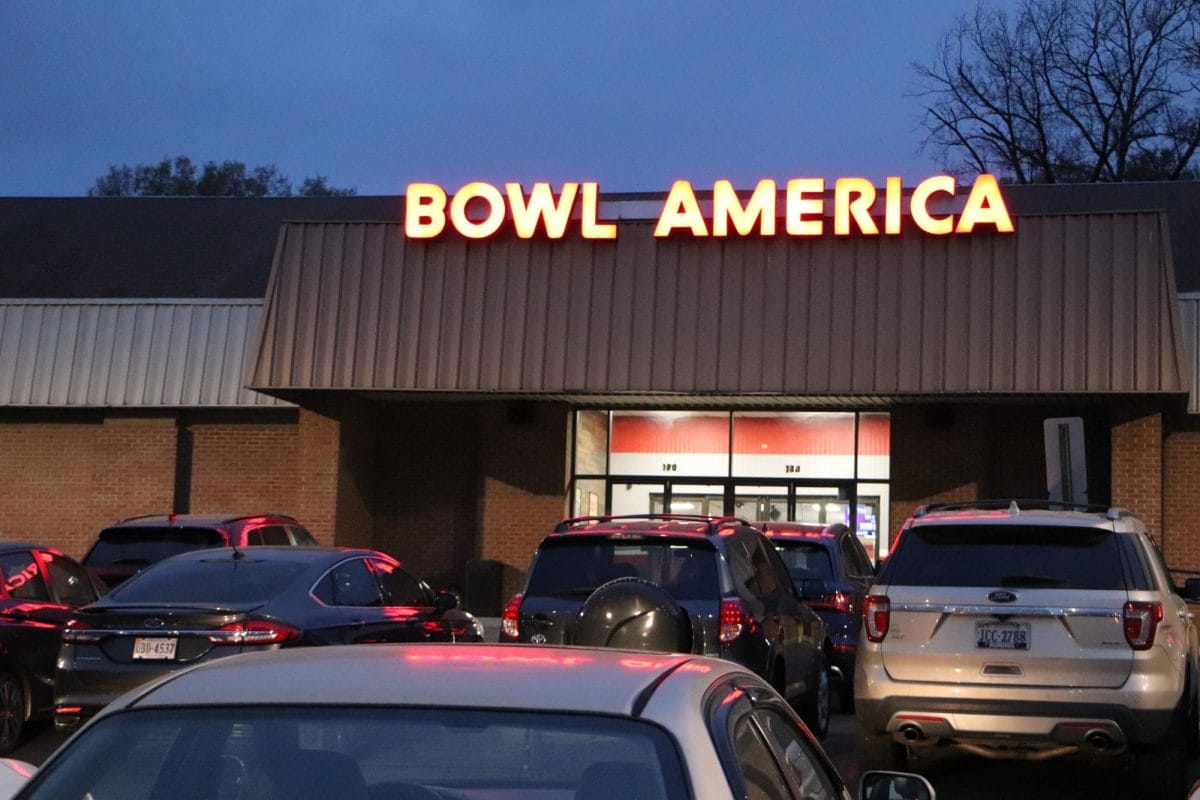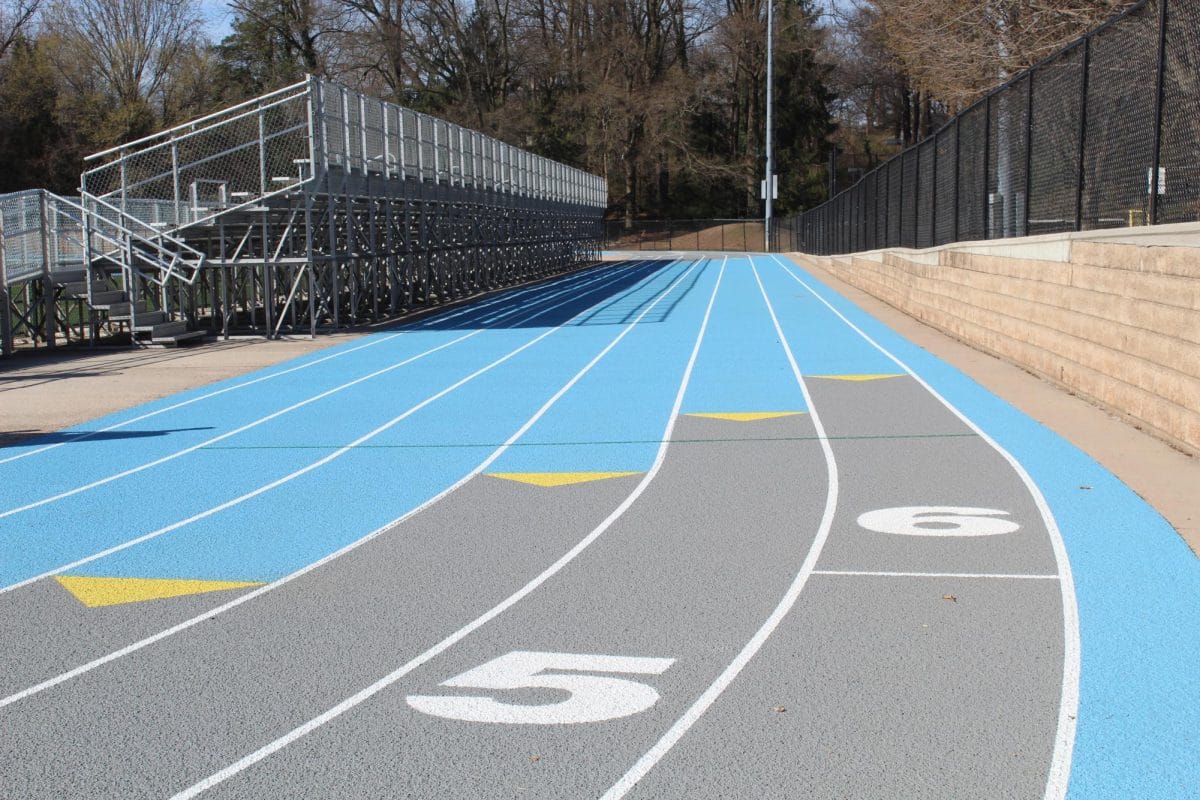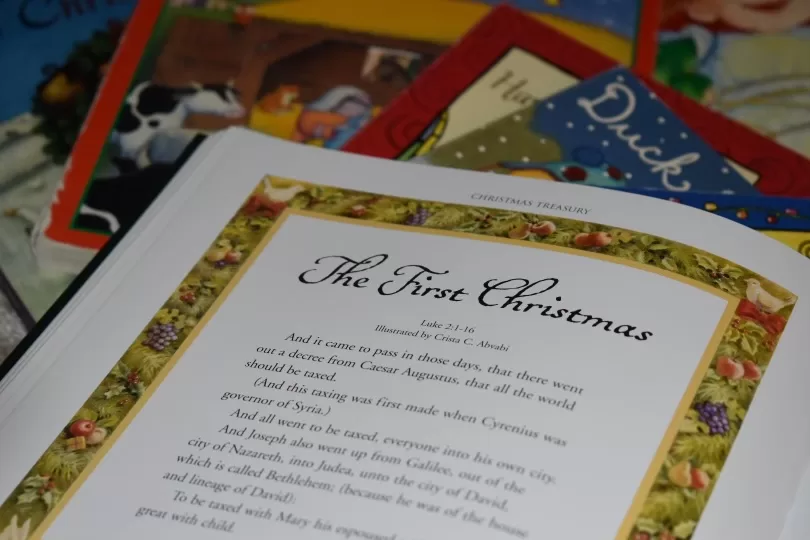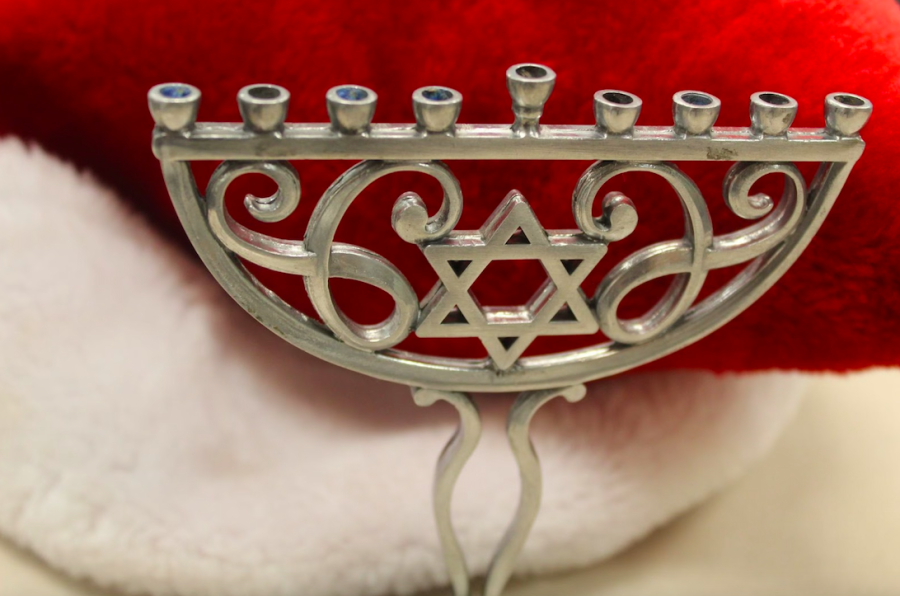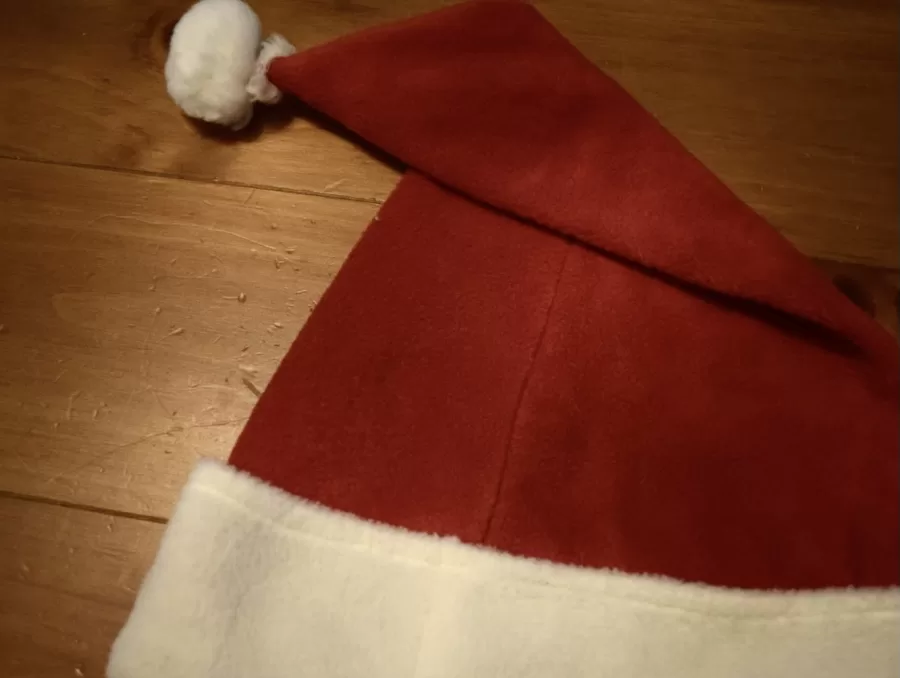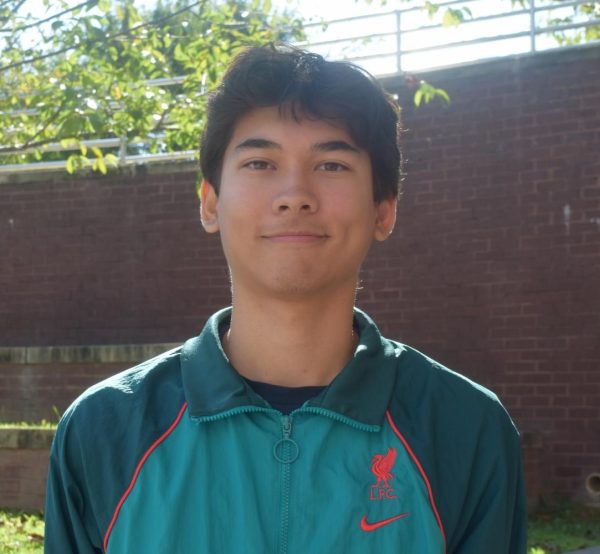For many people, the Christmas season means ornaments hanging from trees, stockings lining fireplaces and joyful music filling the air. In addition, millions brace themselves for the month of constant marketing messages and spending. This hasn’t always been the case.
Different cultures have long celebrated the winter solstice, which falls on December 21. The origin of Christmas itself can be traced back to ancient Rome, where it evolved from a winter holiday called Saturnalia. In the fourth century, there was a push to weaken non-Christian traditions, and Saturnalia was seen as a perfect basis for a celebration of the birth of Jesus Christ. It included gift exchanging, candle lighting, decorating, feasting and singing, which all evolved into Christmas traditions.
The holiday developed across many different cultures to reach the point it has today. One of its staples—Santa Claus—was inspired by St. Nicholas: a real person. Born in third-century Turkey, he was known for his kindness and generosity toward less fortunate people. Advent calendars and wreaths, among other common Christmas celebrations, came from cultures in Germany and Austria.
These traditions made their way to the United States on several avenues. Dutch immigrants brought the legend of Santa to New York in the 1600s, and Germans brought Christmas trees in the 1700s.
The holiday started to gain serious traction in the U.S. when Washington Irving, an Englishman who’d settled in New York City, published a series of stories describing Christmas traditions of old. The holiday’s momentum in America was accelerated even more when Clement Clark Moore coined the idea of Santa Claus riding a sleigh through the air in a story called An Account of a Visit From Santa Claus, which is now known as The Night Before Christmas.
In the 1840s, marketers began to see Christmas as a prime opportunity to sell goods. Depictions of Santa were associated with advertisements in big cities like New York City and Boston, and the first in-store Santa appeared at Macy’s in 1862.
The commercial ties of the holiday only grew from there. In the early-to-mid 1900s, mass advertising campaigns full of holiday tunes and colorful decorations filled the radio airways and storefronts, and Macy’s looked to signal the beginning of the holiday (spending) season with its first Thanksgiving Day Parade in 1924.
Thousands of movies and songs later, Americans are spending more money on Christmas than ever before. In 2021, a combined $886.7 billion dollars was spent on the holiday, a number that has climbed each of the last 20 years other than 2008.
There’s no denying that Christmas has become an uber-commercialized holiday. For the most part, that can be a good thing; after all, the holiday season is the Most Wonderful Time of the Year. However, for some, it can be frustrating to see the holiday detach further from its purpose in favor of cash.




























